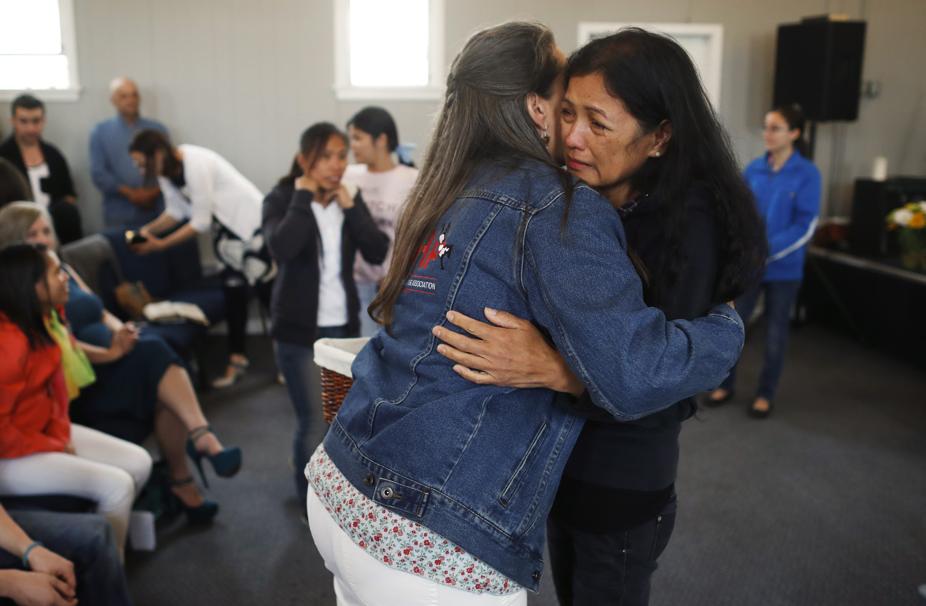
FORT McMURRAY, Alberta — Officials said Sunday they reached a turning point in fighting an enormous wildfire, hoping to get a grip on the fast-moving blaze that devastated Canada’s oil sands town of Fort McMurray amid cooler temperatures and light rain.
Meanwhile, a massive evacuation of residents displaced by the blaze came to an end.
Chad Morrison of Alberta Wildfire told a news conference he’s ‘‘very happy’’ and called it great firefighting weather. ‘‘We can really get in there and really get a handle on this fire,’’ he said.
With cooler temperatures in the next three or four days, he said firefighters should be able to put out hot spots. And it has allowed them to further protect fire-ravaged Fort McMurray.
‘‘I feel very buoyed and happy that we are making great progress,’’ he said.
Alberta Premier Rachel Notley said the wildfire grew more slowly than was feared and was at 622 square miles on Sunday, including land already burned through.
Notley added the city is safe for first responders and said she will visit the city on Monday to assess the damage.
David Yurdiga, the member of Parliament for the area, toured Fort McMurray on Sunday and said he was it was optimistic.
‘‘We'll be back on our feet a lot quicker than I thought we would be,’’ he said at a roadblock just south of the city.
‘‘All of the key infrastructure is in place. Our hospital is standing. Our schools are standing. Our treatment plant is functioning.’’
‘‘I toured probably every neighborhood in Fort McMurray and 80 percent of the homes are standing,’’ he said. ‘‘Some areas you don’t even know there was a fire.’’
Officials also completed the transport of 25,000 residents out of work camps north of the city. Police and military oversaw a procession of thousands of vehicles Friday and Saturday, and a mass airlift of thousands of evacuees was also employed from the oil sands camps that usually house workers.
No deaths or injuries have been reported from the fire itself.
Notley, however, mentioned two evacuees who died in a traffic accident during the evacuation. Emily Ryan, 15, and her stepmother’s nephew, Aaron Hodgson, died in the accident.
The images of Fort McMurray are one of devastation — scorched homes and virtually whole neighborhoods burned to the ground.
More than 85,000 people have left Fort McMurray in the heart of Canada’s oil sands, where the fire has destroyed 1,600 homes and other buildings.
Officials said there is no timetable to return residents to the city, but the Alberta government is sending in a team Monday to do some preliminary planning.
The fire and mass evacuation has forced a quarter or more of Canada’s oil output offline and was expected to impact an economy already hurt by the fall in the price of oil.
The Alberta oil sands have the third-largest reserves of oil in the world behind Saudi Arabia and Venezuela.
Its workers largely live in Fort McMurray.



